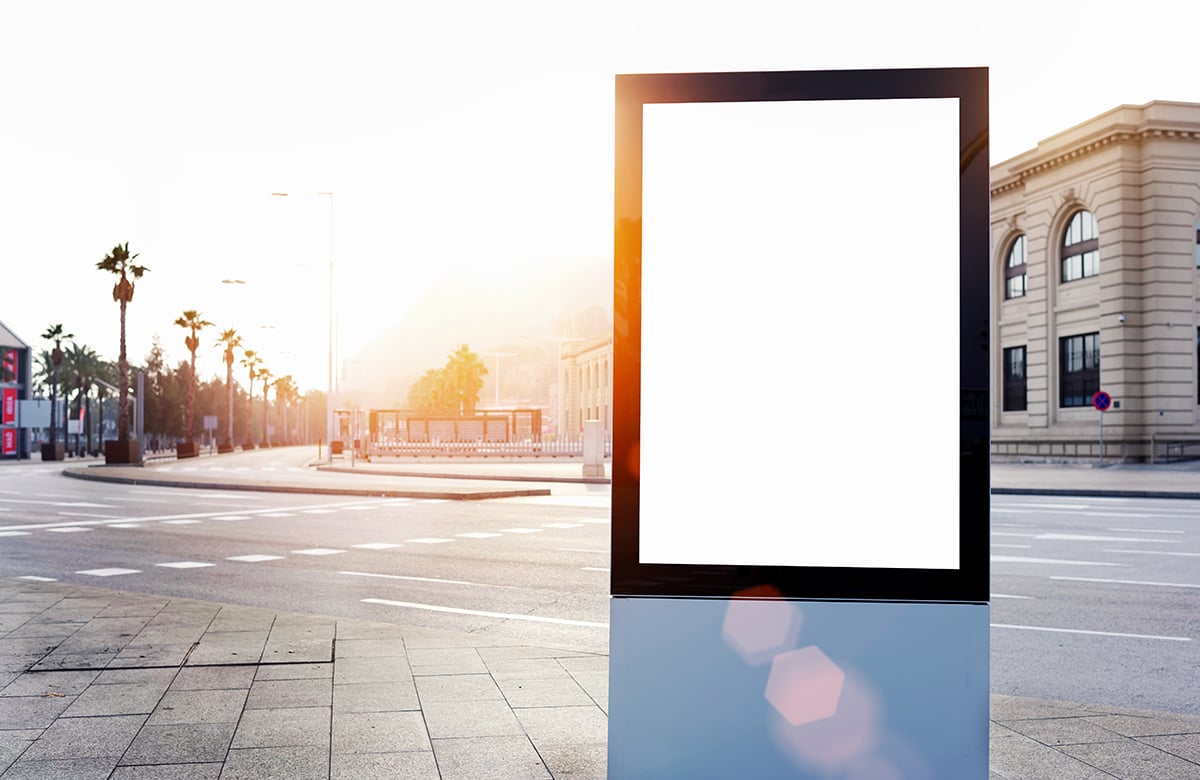How Reflective LCD Displays Reduce Power Use in Sunlit Environments

In sunlit or outdoor environments, a reflective LCD monitor provides clear visibility without relying on backlighting, making it a functional alternative to conventional displays. Unlike standard transmissive displays that depend on internal backlighting, reflective LCDs utilize ambient light to illuminate the screen.
This fundamental shift in light management significantly reduces power consumption—particularly in sunlit or outdoor environments where artificial backlighting becomes unnecessary.
Understanding Reflective LCD Technology
Reflective LCD technology modifies how light interacts with a display by eliminating the need for a backlight. Instead of projecting light from behind the screen, reflective displays redirect external light sources—such as sunlight—through the LCD layer. A specially engineered reflective layer positioned behind the liquid crystal matrix sends light back through the panel, making the image visible to the user.
This architecture allows the display to function in outdoor conditions while drawing minimal power. It operates by manipulating ambient light, which makes it suitable for portable and remote applications where battery conservation is a requirement. The absence of a backlight also reduces heat generation, further benefiting environments where thermal buildup is a concern.
Key Differences from Transmissive Displays
Transmissive LCDs require a constant power source to illuminate the display, as internal backlights remain active regardless of ambient lighting. This design results in higher energy draw, especially when screen brightness must be increased to combat glare in bright settings.
In contrast, a reflective LCD requires minimal internal energy to maintain visibility. By relying on external light, it minimizes the use of active components, allowing displays to operate under extended battery life or limited power supply. Another distinction lies in thermal output—reflective LCD monitors generate far less heat, reducing the burden on heat management systems in embedded and portable electronic equipment.
Benefits of Using Reflective Displays in the Field
In rugged and field-based applications, reflective displays offer several distinct advantages:
- Reduced power draw extends device runtime in off-grid or solar-powered systems.
- Readability in sunlight allows for real-time data monitoring in harsh outdoor conditions.
- Slimmer profile and lighter weight, as the need for internal illumination systems is eliminated.
- Longer operational lifespan, with fewer light-emitting components subject to degradation.
These characteristics make reflective LCD monitors suitable for sectors where consistent visibility and low energy use are non-negotiable. Outdoor kiosks, remote monitoring devices, wearable systems, and diagnostic tools in medical fieldwork are typical examples where these displays outperform traditional alternatives.
Typical Applications in Rugged Environments
Several industries rely on reflective LCD technologies due to their ability to operate effectively under direct sunlight while preserving battery life. In defense, these displays integrate into mobile command systems, targeting modules, and tactical field instruments. The technology supports missions in locations without infrastructure or power availability.
In industrial sectors, reflective LCD monitors are featured in handheld control units, wearable HMI panels, and utility inspection devices. Oil rigs, rail maintenance teams, and emergency crews benefit from displays that operate without backlight-related power demands. Similarly, agriculture and transportation sectors utilize these displays in GPS mapping equipment and onboard diagnostic units, where visibility and energy limitations intersect.
Reflective displays allow clinical data to remain visible in field clinics without adding thermal load, lowering the risk of heat-related equipment faults.
Consult E3 Displays for Purpose-Built Reflective Displays
E3 Displays designs reflective LCDs for operations where power savings, sunlight readability, and rugged build are necessary. All reflective solutions from E3 are engineered with application-specific requirements in mind, including wide operating temperatures, glove-compatible touchscreens, and anti-reflective coatings.
Every project benefits from full technical collaboration—from component selection to full module development. Whether the application requires a standalone reflective LCD monitor or full integration into a device, E3 Displays aligns design outcomes with field performance needs.
Contact E3 Displays for sunlight-readable, reflective LCD solutions tailored to your operational environment.
-
January 07, 2026


.png)
.png)
.png)
.png)